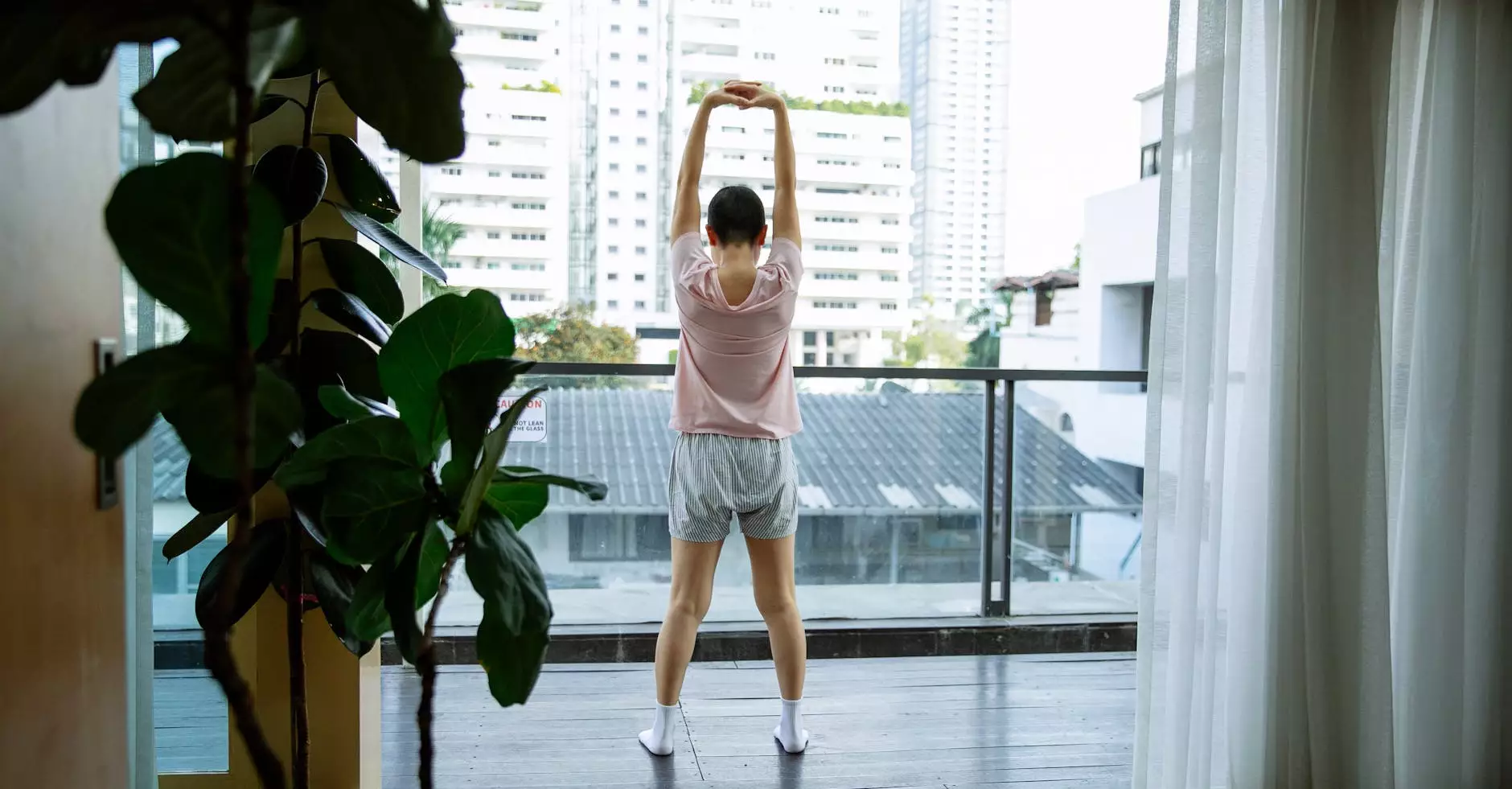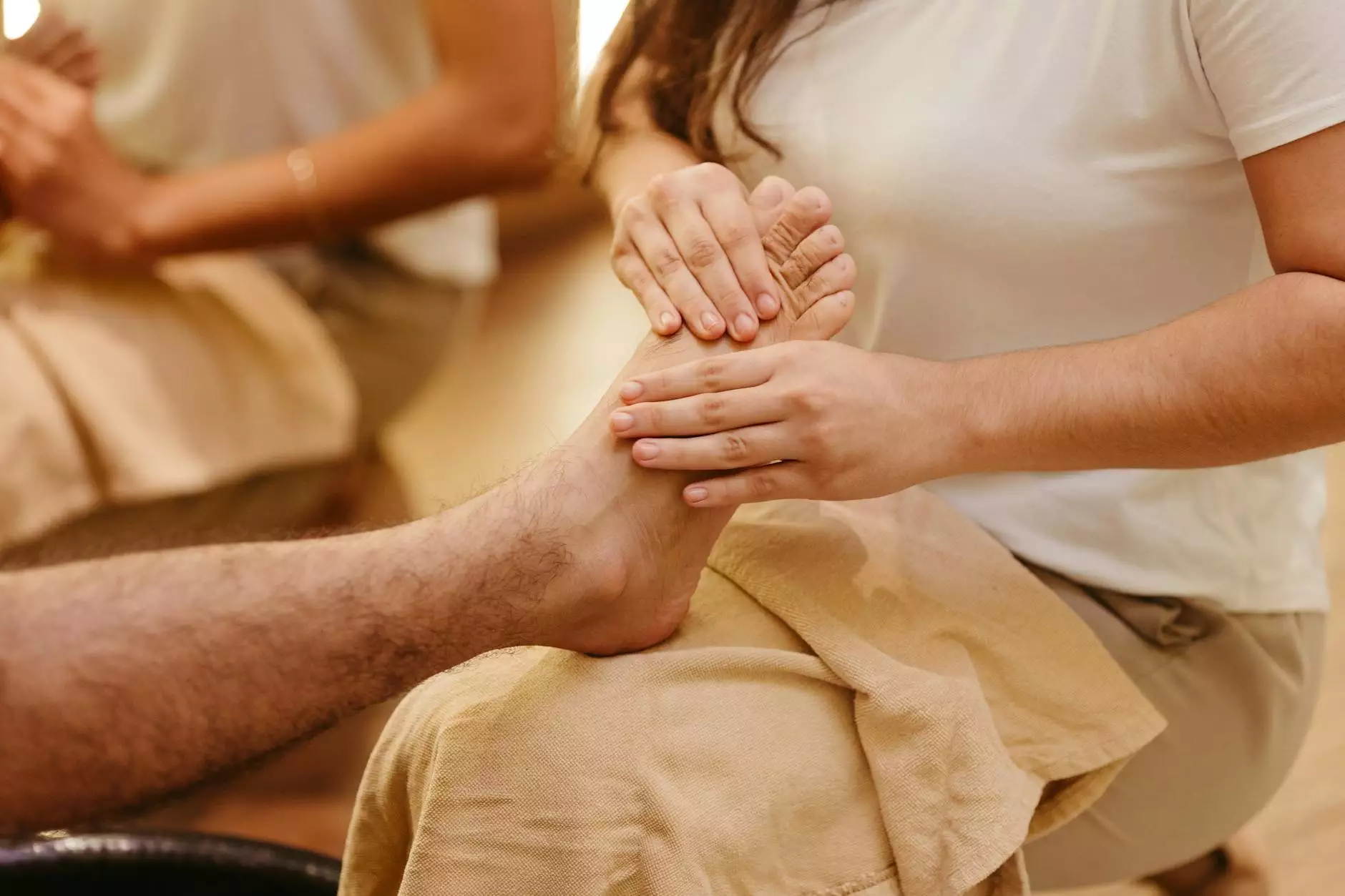How to Externally Rotate the Shoulder

Introduction
The shoulder joint is one of the most mobile joints in the human body, allowing for a wide range of movements. One essential movement to maintain shoulder health and prevent injuries is external rotation. In this article, we will discuss effective techniques and exercises to improve your shoulder mobility and strengthen the external rotator muscles.
Anatomy of the Shoulder
Before diving into the techniques, let's briefly understand the anatomy of the shoulder. The shoulder consists of several bones, including the humerus, scapula, and clavicle. The rotator cuff muscles, which play a crucial role in shoulder stability, are comprised of the supraspinatus, infraspinatus, teres minor, and subscapularis. These muscles work together to facilitate various shoulder motions, including external rotation.
The Importance of External Rotation
External rotation is the movement that involves rotating the upper arm away from the body. It helps maintain the balance between the internal and external rotator muscles, preventing imbalances that could lead to shoulder impingement or other injuries. Regularly performing exercises to strengthen the external rotators can improve shoulder stability, reduce pain, and enhance overall shoulder function.
Exercises for External Rotation
1. Standing External Rotation with Resistance Band
To perform this exercise, you will need a resistance band and a sturdy anchor point. Here's how to do it:
- Attach one end of the resistance band to a secure anchor point at waist height.
- Stand with your side to the anchor, holding the other end of the resistance band with the hand of the arm you want to exercise.
- Keep your elbow bent at a 90-degree angle and your upper arm close to your body.
- Rotate your forearm outward against the resistance of the band, maintaining control throughout the movement.
- Slowly return to the starting position and repeat for the desired number of repetitions.
2. Seated External Rotation with Dumbbell
This exercise requires a dumbbell and a chair. Follow these steps to perform seated external rotation:
- Sit on a chair, holding a dumbbell in the hand of the arm you want to target.
- Rest your elbow on your thigh, creating a stable base.
- Keep your forearm parallel to the ground, with your palm facing down.
- Rotate your forearm outward, away from your body, until you feel a gentle stretch.
- Pause for a moment, then slowly return to the starting position.
- Repeat for the desired number of reps before switching to the other arm.
3. Prone External Rotation
The prone external rotation exercise will strengthen the muscles at the back of your shoulder. Here's how to perform it:
- Lie face down on a flat surface, such as a bench or exercise mat.
- Hold a light dumbbell in your hand, allowing your arm to hang straight down.
- Keeping your elbow at a 90-degree angle, slowly lift your forearm toward the ceiling.
- Pause for a moment at the top, then lower your forearm back down.
- Repeat for the desired number of repetitions, focusing on maintaining proper form and control.
Tips for Effective Shoulder Training
When engaging in shoulder training, it is essential to prioritize form and technique to prevent injuries. Here are some tips to keep in mind:
- Start with light weights and gradually increase as your strength improves.
- Perform a proper warm-up, including dynamic stretches and mobility exercises, to prepare your shoulders for the workout.
- Avoid excessive load or strain on the shoulder joint, as it can lead to overuse injuries.
- Listen to your body and rest if you experience pain or discomfort during exercises.
- Incorporate a variety of exercises to target different areas of the shoulder complex for balanced strength development.
Conclusion
External rotation exercises are crucial for maintaining shoulder health and preventing injuries. By regularly incorporating these exercises into your training routine, you can improve your shoulder mobility, strengthen the external rotators, and reduce the risk of shoulder-related issues. Remember to start with lighter weights and focus on proper form and control for optimal results. Keep in mind that consistency and patience are key in achieving long-term shoulder health and functional mobility.
For further guidance and personalized training programs, IAOM-US offers a comprehensive range of services in the Health & Medical, Chiropractors, and Physical Therapy categories. Visit our website at www.iaom-us.com for more information on how we can help you optimize your shoulder health and overall well-being.
how to externally rotate shoulder








